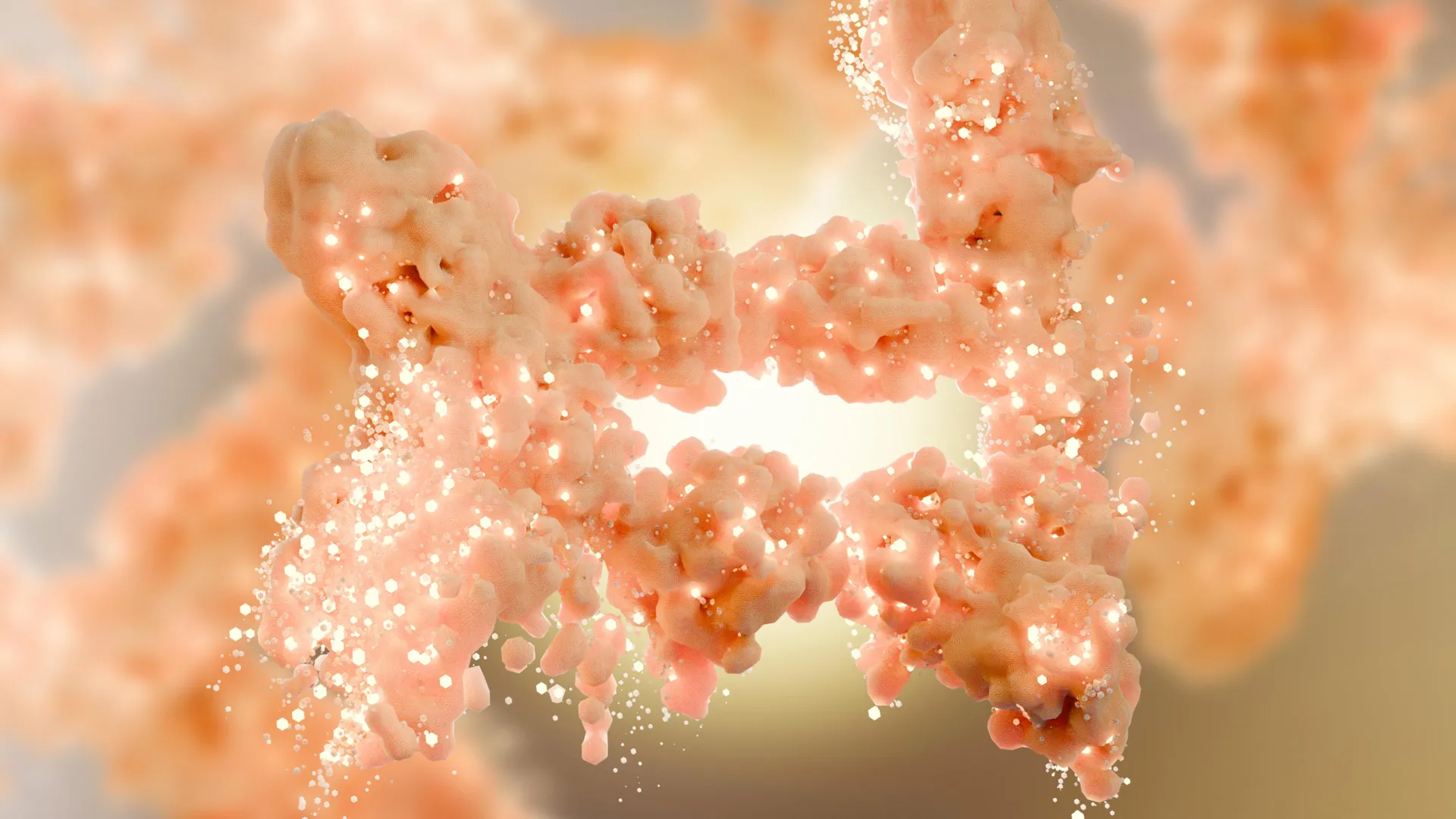Health
New Findings on HSL Protein Transform Understanding of Obesity

Researchers at the Université de Toulouse have made a groundbreaking discovery that challenges long-held beliefs about fat metabolism. Their study reveals a dual role of the hormone-sensitive lipase (HSL) protein, which not only breaks down fat but also plays a critical role within the nucleus of fat cells. This unexpected function has implications for both obesity and lipodystrophy, a condition characterized by the abnormal distribution of fat.
Adipocytes, or fat cells, serve as vital energy reserves for the body, storing fat in lipid droplets. When energy is needed, the body activates HSL, which releases this stored fat. Traditionally, it was assumed that a deficiency in HSL would lead to fat accumulation. Surprisingly, research indicates that the absence of HSL results in a loss of fat mass, leading to lipodystrophy rather than obesity. This finding highlights the complexities of fat cell function and the metabolic disturbances associated with both obesity and fat-loss disorders.
New Insights into HSL’s Role
The research team, led by Dominique Langin, examined HSL’s location within adipocytes. While HSL is well-recognized for its role on the surface of lipid droplets, the team discovered that it also resides inside the nucleus of fat cells. Co-author Jérémie Dufau explained, “In the nucleus of adipocytes, HSL is able to associate with many other proteins and take part in a program that maintains an optimal amount of adipose tissue and keeps adipocytes ‘healthy.'”
The study found that levels of nuclear HSL are tightly regulated. For example, adrenaline, which activates HSL on lipid droplets, also encourages the protein to exit the nucleus. This dynamic process typically occurs during fasting. Interestingly, obese mice exhibited elevated levels of HSL within the nucleus, suggesting a disruption in this regulatory mechanism.
Implications for Global Health
This revised understanding of HSL’s functionality sheds light on why the absence of this protein leads to lipodystrophy, and it provides new insights into metabolic disorders such as obesity. The implications of these findings are significant, particularly as obesity becomes a growing concern worldwide. In France, one in two adults is classified as overweight or obese, and globally, the figure reaches approximately 2.5 billion people.
Obesity is linked to various health risks, including diabetes and cardiovascular diseases, which can significantly impact quality of life. As researchers continue to explore the complexities of fat metabolism, this discovery emphasizes the need for ongoing scientific inquiry to enhance prevention strategies and patient care.
Continued research into HSL and its dual roles could open new avenues for understanding and treating metabolic diseases. The findings from the Université de Toulouse mark a critical step forward in the quest to unravel the intricacies of fat metabolism, potentially leading to innovative approaches to tackle obesity and related health issues.
-

 Technology4 months ago
Technology4 months agoDiscover the Top 10 Calorie Counting Apps of 2025
-

 Health2 months ago
Health2 months agoBella Hadid Shares Health Update After Treatment for Lyme Disease
-

 Health3 months ago
Health3 months agoErin Bates Shares Recovery Update Following Sepsis Complications
-

 Technology3 weeks ago
Technology3 weeks agoDiscover 2025’s Top GPUs for Exceptional 4K Gaming Performance
-

 Technology2 months ago
Technology2 months agoElectric Moto Influencer Surronster Arrested in Tijuana
-

 Technology4 months ago
Technology4 months agoDiscover How to Reverse Image Search Using ChatGPT Effortlessly
-

 Technology4 months ago
Technology4 months agoMeta Initiates $60B AI Data Center Expansion, Starting in Ohio
-

 Technology4 months ago
Technology4 months agoRecovering a Suspended TikTok Account: A Step-by-Step Guide
-

 Health4 months ago
Health4 months agoTested: Rab Firewall Mountain Jacket Survives Harsh Conditions
-

 Lifestyle4 months ago
Lifestyle4 months agoBelton Family Reunites After Daughter Survives Hill Country Floods
-

 Technology3 months ago
Technology3 months agoUncovering the Top Five Most Challenging Motorcycles to Ride
-

 Technology4 weeks ago
Technology4 weeks agoDiscover the Best Wireless Earbuds for Every Lifestyle









